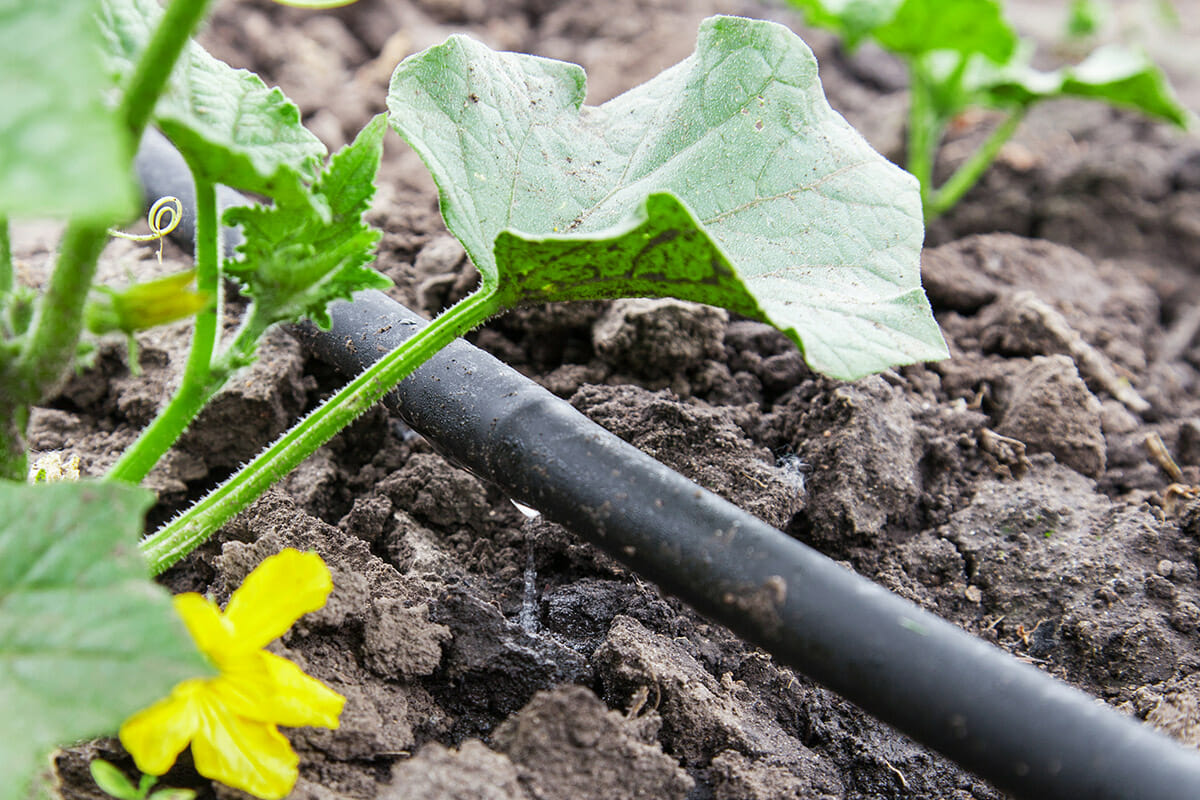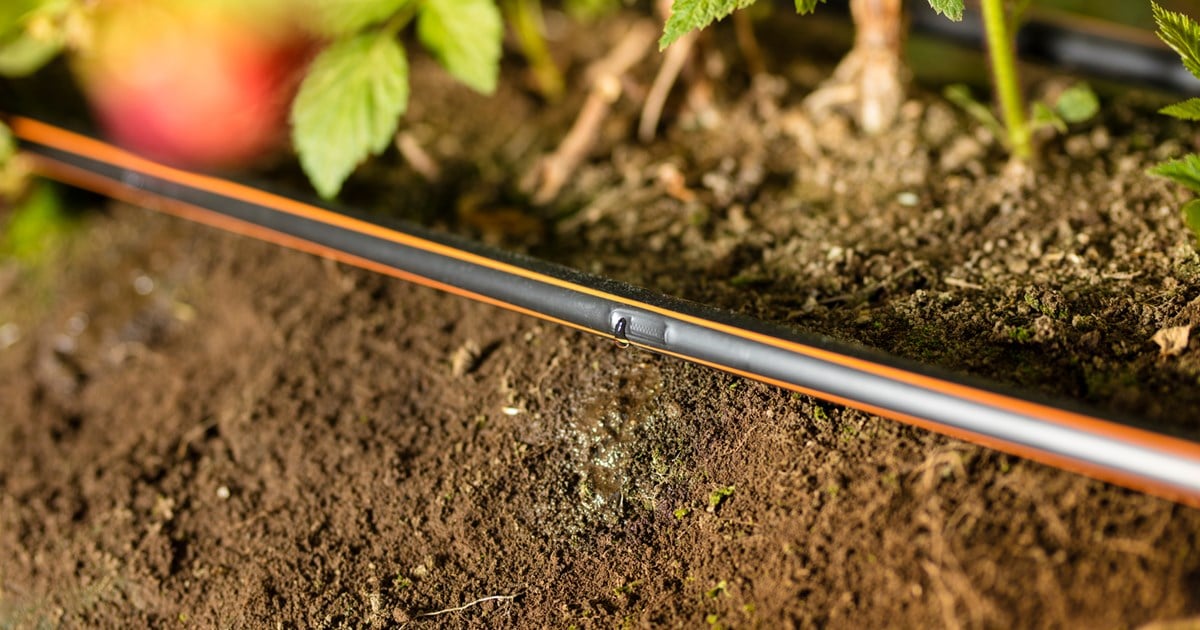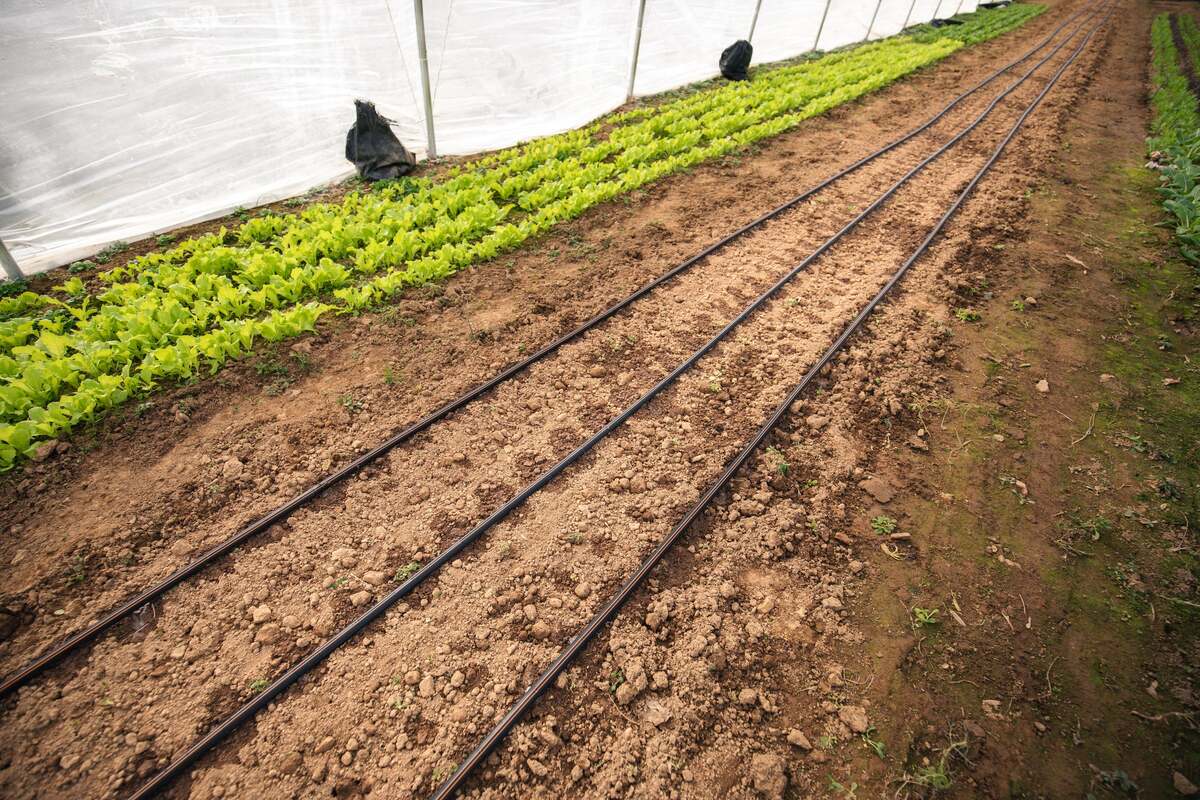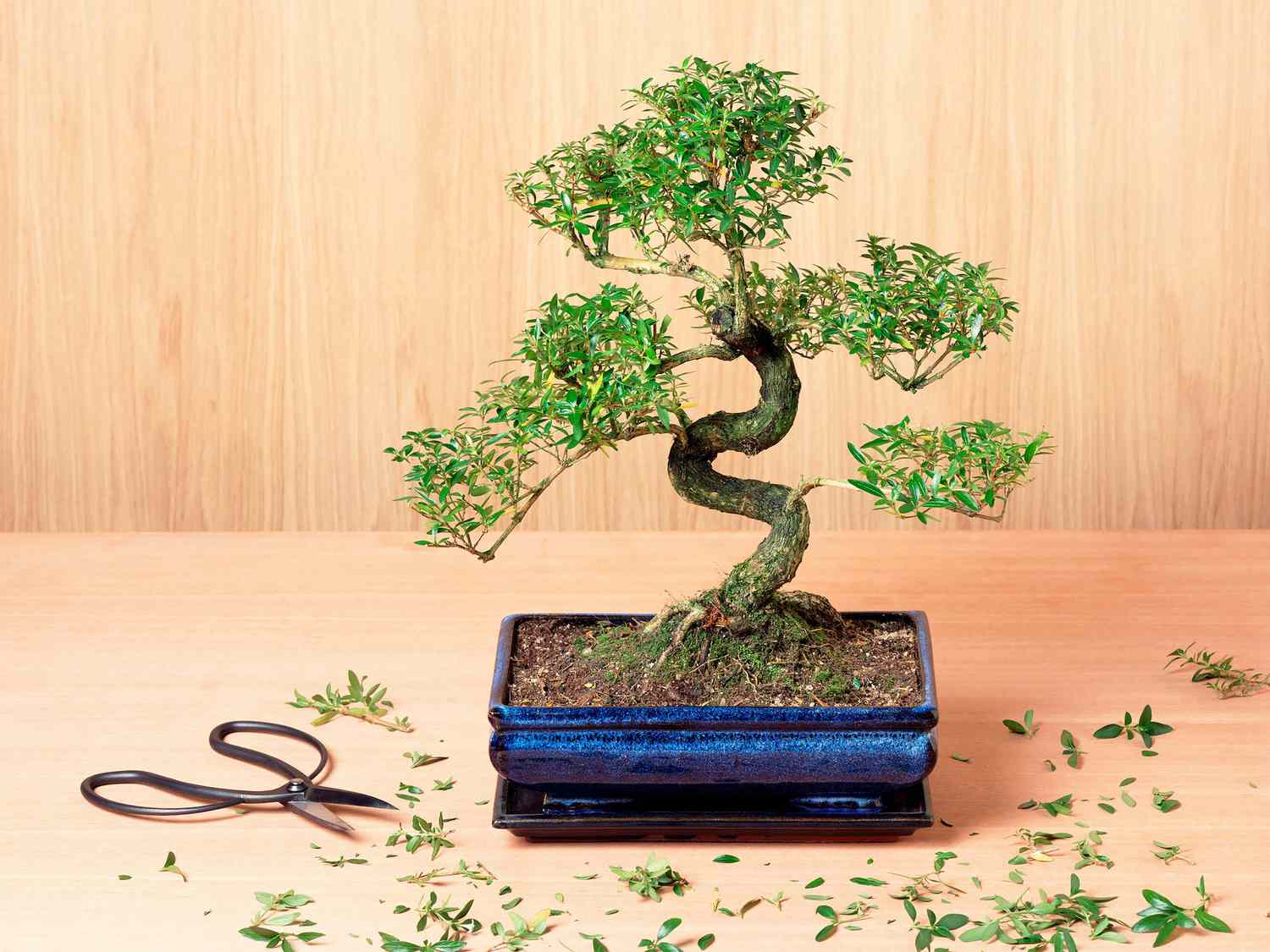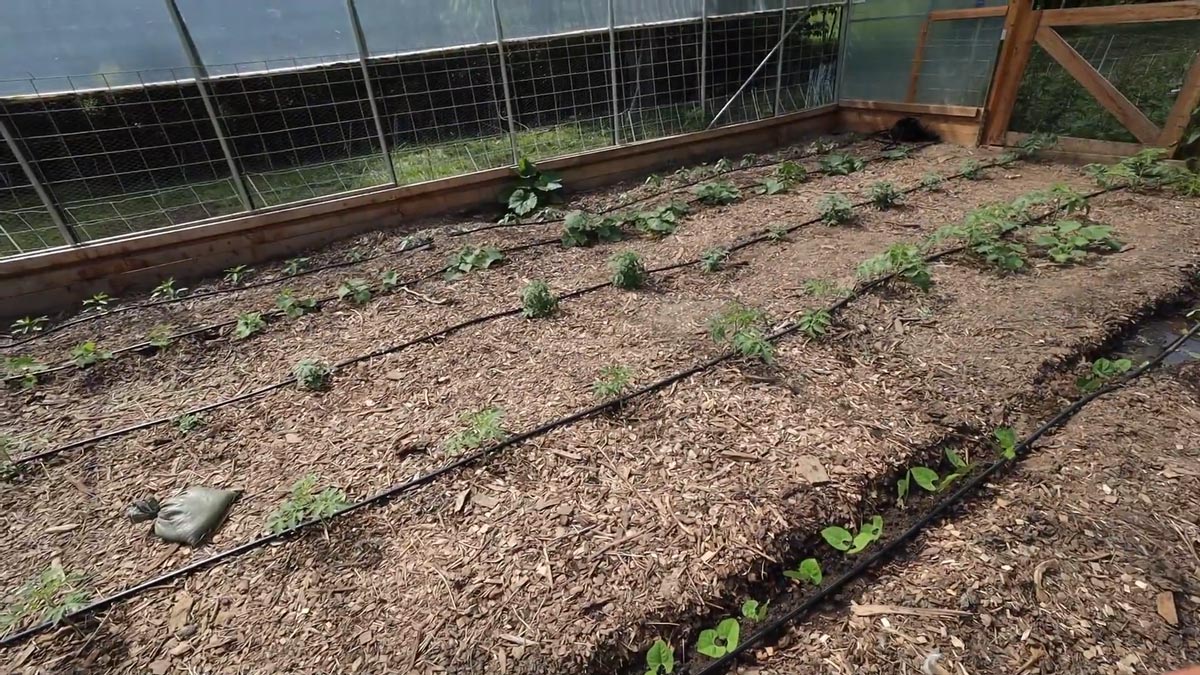Home>Gardening News and Trends>Latest News>How Do Drip Irrigation Systems Work
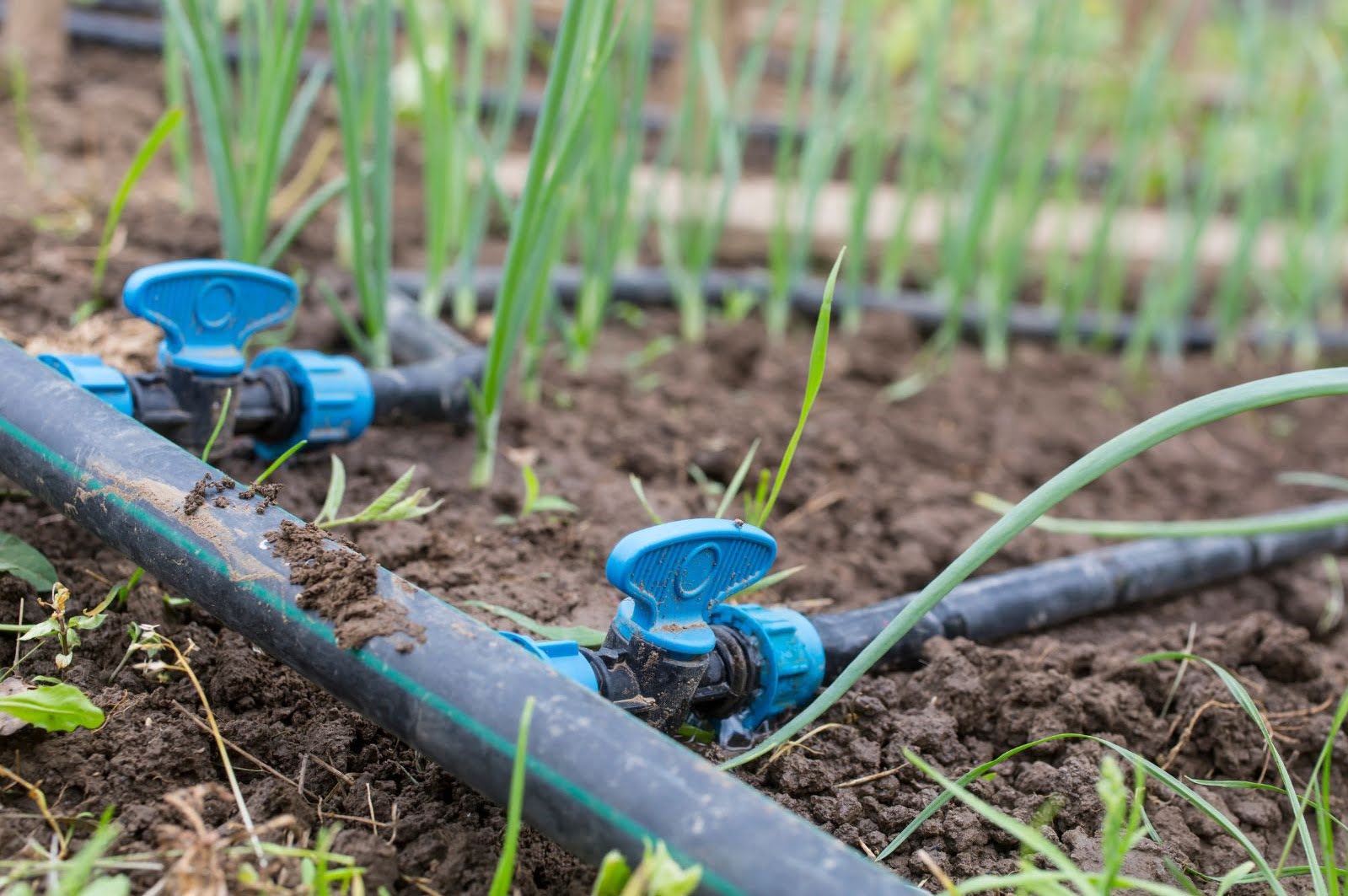

Latest News
How Do Drip Irrigation Systems Work
Published: November 19, 2023
Discover the latest news on how drip irrigation systems work and maximize water efficiency in your garden. Learn more about this sustainable irrigation solution for optimal plant growth and resource conservation.
(Many of the links in this article redirect to a specific reviewed product. Your purchase of these products through affiliate links helps to generate commission for Chicagolandgardening.com, at no extra cost. Learn more)
Table of Contents
Introduction
When it comes to efficient and environmentally-friendly methods of irrigation, drip irrigation systems have gained increasing popularity. This innovative irrigation technique allows for precise and controlled delivery of water directly to the plant roots, minimizing water wastage and maximizing plant health. In this article, we will explore the inner workings of drip irrigation systems, discussing their components, functionality, advantages, and disadvantages.
Drip irrigation is a form of micro-irrigation that involves the slow and steady application of water to the plant’s root zone. Unlike traditional irrigation methods that spray or flood the entire area, drip irrigation targets each plant individually, delivering water directly where it is needed most. This precise method not only conserves water but also reduces weed growth and minimizes the risk of soil erosion.
A typical drip irrigation system consists of several key components, including a water source, mainline tubing, lateral tubes, emitters, filters, and a control valve. The water source, which can be a well, reservoir, or municipal water supply, provides the water needed for irrigation. The mainline tubing transports the water from the source to the irrigation area, while the lateral tubes distribute the water to individual plants.
Emitters, also known as drippers or micro-sprinklers, release water slowly and evenly, ensuring that each plant receives an adequate amount. These emitters can be installed directly at the plants’ base or integrated into the lateral tubes. Filters play a crucial role in preventing clogging and maintaining the system’s efficiency by removing debris and sediment from the water.
Now that we have a basic understanding of the components let’s take a closer look at how a drip irrigation system actually works. The process starts with the control valve, which regulates the flow of water into the system. The water is then moved through the mainline tubing and into the lateral tubes. Along the length of these tubes, the emitters release water at a slow and steady pace, allowing it to seep into the soil and reach the plant roots.
What is Drip Irrigation?
Drip irrigation is a highly efficient and precise method of watering plants that involves the slow and controlled delivery of water directly to the plant’s root zone. This irrigation technique, also known as trickle irrigation or micro-irrigation, aims to minimize water waste and optimize plant growth.
In traditional irrigation systems, such as sprinklers or flood irrigation, large amounts of water are used, resulting in high water evaporation rates and potential runoff. Drip irrigation, on the other hand, provides water directly to the plants, preventing water from being wasted on non-target areas.
One of the key features of drip irrigation is its ability to deliver water slowly and evenly, reducing the risk of overwatering or underwatering. This is achieved through the use of specialized components, such as emitters or drippers, which release water in small, controlled amounts. These emitters can be adjusted to release different flow rates depending on the water needs of specific plants or areas.
Drip irrigation systems are highly flexible and can be adapted to various types of landscapes, including gardens, orchards, vineyards, and even commercial agricultural fields. They can be installed on the surface of the soil, buried below ground, or integrated into raised bed gardens. This versatility allows for efficient water distribution regardless of the size or shape of the planting area.
Another advantage of drip irrigation is the ability to precisely control the nutrients delivered to the plants. Fertilizers or other additives can be introduced directly into the irrigation system, ensuring that they are distributed evenly and efficiently. This targeted nutrient delivery promotes healthier plant growth and minimizes the risk of nutrient runoff into nearby water sources.
Overall, drip irrigation offers numerous benefits for both plants and growers. It conserves water, reduces the labor and time required for watering, promotes healthier plant development, minimizes weed growth, prevents soil erosion, and allows for precise control over irrigation and nutrient delivery.
Components of a Drip Irrigation System
A drip irrigation system consists of several essential components that work together to deliver water efficiently to plants and crops. These components include:
- Water source: This can be a well, pond, reservoir, or a municipal water supply. The water source provides the water needed for irrigation.
- Mainline tubing: This is the primary conduit that carries water from the water source to the irrigation area. It is usually made of high-quality, durable materials such as PVC or polyethylene.
- Lateral tubes: These small-diameter tubes branch out from the mainline tubing and distribute water to individual plants. They are often made of flexible materials for easy installation and maneuverability.
- Emitters: Emitters, also called drippers or micro-sprinklers, are devices that release water at a slow and controlled rate. They are attached to the lateral tubes and deliver water directly to the plant’s root zone. Emitters come in various types, including inline emitters, pressure-compensating emitters, and adjustable emitters. The choice of emitter depends on the specific irrigation needs of the plants.
- Filters: Filters are crucial components that prevent clogging of emitters and maintain the efficiency of the system. They remove sediment, debris, and particles from the water, ensuring that only clean water is distributed through the system. Common types of filters used in drip irrigation systems include screen filters, disk filters, and sand filters.
- Control valve: The control valve is responsible for regulating the flow of water into the system. It can be manually operated or automated, depending on the complexity of the system. The control valve allows the user to turn the irrigation system on or off and adjust the water flow rate as needed.
- Pressure regulator: A pressure regulator is used to maintain a consistent water pressure throughout the drip irrigation system. This is important because different emitters and plants require specific pressure levels to operate effectively. The pressure regulator ensures that each emitter receives the right amount of water and prevents damage to the system caused by high pressure.
- Backflow preventer: A backflow preventer is a device that prevents the reverse flow of water into the main water supply. It helps protect the water source from contamination by ensuring that water flows in one direction only.
These various components work harmoniously in a drip irrigation system to deliver water precisely to the plant’s root zone, promoting efficient water usage and optimal plant health.
How Does Drip Irrigation Work?
Drip irrigation systems work on the principle of delivering water slowly and directly to the plant’s root zone, ensuring maximum water efficiency and plant health. The process can be broken down into several stages:
- Water source: The drip irrigation system is connected to a water source, such as a well, reservoir, or municipal water supply. This source provides the necessary water for irrigation.
- Control valve: The control valve regulates the flow of water into the system. It can be manually operated or automated, depending on the system’s design and requirements.
- Mainline tubing: The water from the control valve travels through the mainline tubing to the desired irrigation area. The mainline tubing is typically made of durable materials such as PVC or polyethylene.
- Lateral tubes: Connected to the mainline tubing, the lateral tubes distribute water to individual plants. These small-diameter tubes can be flexible for easy installation and maneuverability.
- Emitters: The emitters, also known as drippers or micro-sprinklers, are attached to the lateral tubes. These devices release water slowly and evenly directly to the plant’s root zone. The water flow rate can be adjusted to meet the specific needs of different plants.
- Soil absorption: The released water from the emitters percolates into the soil, allowing it to reach the plant’s roots. This slow and controlled application prevents water runoff and evaporation, ensuring efficient water utilization.
- Root absorption: The plant’s roots absorb the water from the surrounding soil, utilizing it for growth, nutrient uptake, and photosynthesis. By providing water directly to the root zone, drip irrigation promotes healthier root development and reduces the risk of disease or fungal issues caused by excessive moisture on the foliage.
The drip irrigation system can be customized to meet the specific needs of different plants, allowing for efficient water distribution. Factors such as plant type, growth stage, and soil conditions are taken into account when determining the placement and flow rate of the emitters.
Depending on the specific requirements of the plants being irrigated, drip irrigation systems can be set up on timers or operated manually. This provides flexibility in watering schedules and ensures that plants receive the right amount of water at the appropriate times.
In addition to delivering water, drip irrigation systems can also be designed to incorporate fertilizers or other nutrients into the irrigation water, providing plants with a balanced and controlled supply of essential elements for optimal growth.
Overall, drip irrigation offers precise and efficient water delivery, reducing water waste while promoting healthy plant growth in a variety of agricultural, horticultural, and gardening applications.
Advantages of Drip Irrigation
Drip irrigation is increasingly favored by farmers, gardeners, and landscapers due to its numerous advantages over traditional irrigation methods. Some of the key benefits of drip irrigation include:
- Water efficiency: Drip irrigation is highly water-efficient as it delivers water directly to the root zone of plants, minimizing evaporation and runoff. This precision watering reduces water waste, making it an environmentally friendly choice.
- Improved plant health: By delivering water directly to the roots, drip irrigation promotes healthier plant growth. This eliminates the risk of foliage wetness, which can lead to fungal diseases, and ensures that plants receive adequate moisture without excessive water stress.
- Reduced weed growth: Drip irrigation targets water only to the desired plants, minimizing moisture in the surrounding soil where weeds thrive. This helps suppress weed growth and reduces the need for manual weeding or herbicide application.
- Prevention of soil erosion: Traditional irrigation methods often result in runoff, which can lead to soil erosion. Drip irrigation, with its slow and gentle water application, prevents excessive water runoff, preserving soil structure and preventing erosion.
- Flexibility and adaptability: Drip irrigation systems are highly versatile and can be customized to fit different landscape configurations, crop types, and plant spacing. They can be used in various settings, including gardens, orchards, vineyards, and even container gardening.
- Reduction in disease and pest issues: Because drip irrigation avoids wetting plant foliage, it reduces the chances of fungal diseases and discourages pests that thrive in damp environments.
- Conservation of energy: Drip irrigation systems require lower pressure to operate compared to sprinkler systems, resulting in reduced energy usage for water pumping. This makes drip irrigation more energy-efficient and cost-effective in the long run.
- Precise nutrient application: Drip irrigation systems can be equipped with fertilizer injectors or fertigation systems, allowing for precise and controlled nutrient delivery to plants. This ensures that plants receive the necessary nutrients for optimal growth without wastage.
Overall, drip irrigation offers numerous advantages, including water conservation, improved plant health, reduced weed and pest issues, and flexibility in installation. These benefits make drip irrigation a sustainable and efficient choice for irrigating various types of landscapes and crops.
Disadvantages of Drip Irrigation
While drip irrigation offers numerous advantages, it also has some disadvantages that should be considered. These disadvantages include:
- Initial setup costs: The initial installation costs of a drip irrigation system can be higher compared to traditional irrigation methods. This is due to the need for specialized components such as emitters, filters, and control valves, as well as the labor required for system design and installation.
- System complexity: Drip irrigation systems can be more complex to design and set up compared to traditional sprinkler systems. They require careful planning to ensure proper spacing of emitters, adequate water pressure, and optimal water distribution throughout the irrigation area.
- Sensitivity to clogging: Drip irrigation systems can be susceptible to clogging if not properly maintained. Sediment, debris, or mineral deposits in the water can accumulate in the emitters or filters, reducing water flow and affecting the system’s efficiency. Regular cleaning and maintenance are necessary to prevent clogging issues.
- Water distribution challenges: In hilly or sloped areas, drip irrigation may face challenges in uniform water distribution. Gravity can cause water to flow more quickly in some areas, leading to uneven moisture levels in the soil. Additional measures, such as adjusting water flow rates or using pressure-compensating emitters, may be required to overcome this challenge.
- Dependency on water quality: The success of a drip irrigation system is highly dependent on the quality of the water used. Water with high levels of salts, minerals, or contaminants can clog emitters, reduce water flow, and affect plant health. Water treatment or filtration may be necessary to ensure optimal system performance.
- Infrastructure vulnerability: Drip irrigation systems, especially above-ground installations, are vulnerable to damage from external factors such as vandalism, animal activity, or extreme weather conditions. Proper protection measures, such as fencing or burying the system, may be needed to safeguard the infrastructure.
- Difficulty in monitoring and adjustment: Unlike sprinkler systems that provide visible water coverage, drip irrigation operates below the surface, making it difficult to visually monitor water distribution. Regular monitoring and adjustment of emitters and water distribution patterns are necessary to ensure optimal performance.
Despite these disadvantages, proper maintenance, monitoring, and addressing potential challenges can help overcome these drawbacks and maximize the benefits of drip irrigation.
Maintenance and Troubleshooting Tips
To ensure the efficient and effective operation of a drip irrigation system, regular maintenance and troubleshooting are essential. Here are some important tips to consider:
- Cleaning and flushing: Periodically inspect and clean the filters to prevent clogging. Flush the system to remove any debris or sediment that may have accumulated in the pipes or emitters.
- Check for leaks: Regularly inspect the system for leaks, damaged pipes, or loose connections. Repair or replace any faulty components to prevent water wastage and ensure consistent water distribution.
- Monitor water pressure: Use a pressure gauge to measure the water pressure and ensure it remains within the recommended range for your system. High pressure can damage emitters, while low pressure can result in inefficient water distribution.
- Adjust emitter flow rates: Periodically check and adjust the flow rates of the emitters to ensure each plant receives the appropriate amount of water. This is especially important as plants grow and their water needs change.
- Inspect and trim vegetation: Regularly check for and trim any vegetation that may obstruct or interfere with the operation of the drip irrigation system. Overgrown plants can block emitters or damage pipes, impacting the system’s efficiency.
- Perform regular system checks: Evaluate the system’s performance by checking for dry or overly saturated areas in the soil. Adjust the placement or number of emitters to ensure uniform water distribution across the irrigation area.
- Monitor water quality: Test the water source regularly for pH levels, salinity, and nutrient content. If the water quality is poor, water treatment or filtration may be necessary to prevent clogging and maintain the system’s effectiveness.
- Protect the system from damage: Install protective measures such as fencing or burying the system to safeguard it from potential damage caused by animals, extreme weather conditions, or human interference.
- Keep records: Maintain a log of system maintenance activities, including cleaning, repairs, and adjustments. This documentation will help track the system’s performance over time and aid in troubleshooting any issues that may arise.
- Seek professional assistance if needed: If troubleshooting efforts prove challenging or if you are uncertain about any aspect of the system’s maintenance, consult an irrigation professional for guidance and support.
By following these maintenance and troubleshooting tips, you can ensure that your drip irrigation system operates efficiently, providing optimal water distribution and promoting healthy plant growth.
Conclusion
Drip irrigation is a highly efficient and precise method of watering plants that offers numerous advantages over traditional irrigation techniques. By delivering water directly to the plant’s root zone, drip irrigation minimizes water waste, reduces weed growth, prevents soil erosion, and promotes healthier plant development. It is a versatile irrigation system that can be customized to various landscapes and crops, offering flexibility and adaptability.
While drip irrigation has several advantages, it is important to consider the potential disadvantages as well. These include the initial setup costs, system complexity, susceptibility to clogging, and sensitivity to water quality. However, with proper maintenance, regular monitoring, and troubleshooting, these challenges can be overcome, allowing for optimal performance of the system.
By following maintenance and troubleshooting tips such as cleaning filters, checking for leaks, adjusting emitter flow rates, and monitoring water pressure, you can ensure the efficient operation of your drip irrigation system. Regular inspection and maintenance will help prevent issues and maximize the benefits of this irrigation technique.
In conclusion, drip irrigation provides a sustainable and efficient way to water plants, conserving water resources and promoting the growth of healthy, thriving plants. With its precise water delivery, flexibility, and potential for integration with fertilizers, drip irrigation is a valuable tool for farmers, gardeners, and landscapers alike.
